Listen, my children, and you shall hear Of the midnight ride of Paul Revere, On the eighteenth of April, in Seventy-Five: Hardly a man is now alive Who remembers that famous day and year. – Paul Revere’s Ride by Henry Wadsworth Longfellow
After the Boston Tea Party, British Parliament enacted the The Intolerable Acts and the Quebec Act (1774) in an attempt to subjugate people in Massachusetts and punish colonials for revenue lost by food spoilage and through throwing tea into the Boston harbour. These acts took away Massachusetts right to self-government and their ability to trade; but, instead of subjugation, this triggered outrage, rebellion, and eventually led to the outbreak of the American Revolution in 1775.
It’s during this time that Paul Revere comes into the picture.
Paul Revere, born in 1734, was a man of many different skills. He worked primarily as a silversmith and a bell caster from which many of his creations ended up in schools, churches, and on ships in the New England area. His last and largest bell still rings in the King’s Chapel.
He married twice, had 16 children, and lived from 1770-1800 in a house on 19 N Square; this house is considered the oldest surviving building in downtown Boston (1680). After the Seven Years’ War, Britain entered a recession and Revere’s business suffered. It was during this time that he became heavily involved with the Sons of Liberty.
In February 1775, British Parliament declared that Massachusetts was in a state of rebellion and on April 18, 1775, sent soldiers from Boston to Concord to seize weapons, disarm the rebels, and arrest their leaders (Samuel Adams and John Hancock). The Sons of Liberty got wind of this and sent riders to warn the people of Concord that the British Regulars were on their way. Paul Revere was one of these horsemen.
Revere is forever linked with this iconic ride; however, during his lifetime, he was known more for his skill as a bell caster and silversmith. It wasn’t until Henry Wadsworth Longfellow wrote Paul Revere’s Ride in 1861, that Revere was made out to be a hero that night. Historically inaccurate, it was actually William Dawes who rode to alert Samuel Adams and John Hancock that men were on their way to take them into custody (Dawes’ grave in the King’s Chapel Cemetery is photo #11).
Also, according to historical accounts, Revere met Samuel Prescott (a young doctor) along the way. Prescott joined Revere and Dawes on their mission to warn the people of Concord. When the group encountered British scouts, Revere was captured while Dawes and Prescott attempted to elude the soldiers. Only Prescott made it to Concord and with the warning, the local minutemen and militia were able to prepare for battle and face the British. This brought about the beginning of the American Revolution at the Battles of Lexington and Concord.
Photos in the gallery are from around the Paul Revere House and Square.

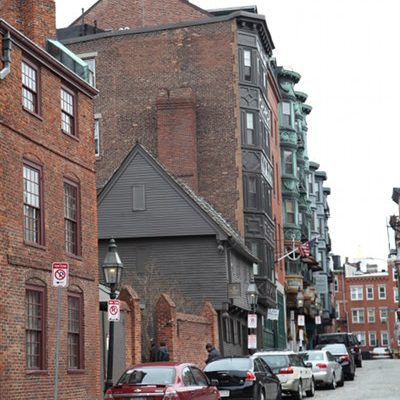
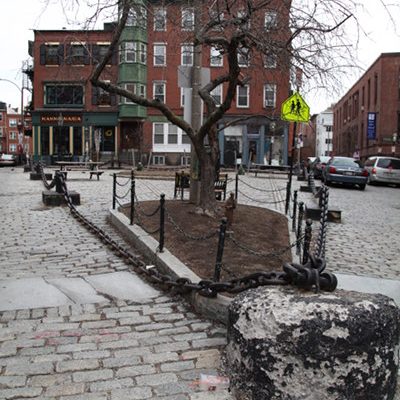
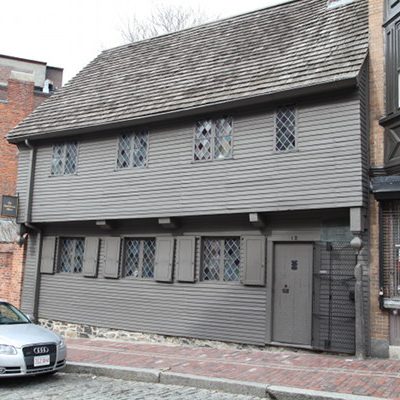
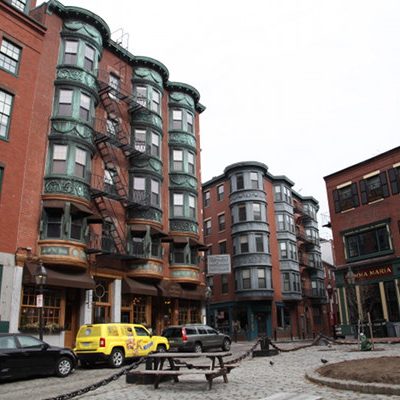
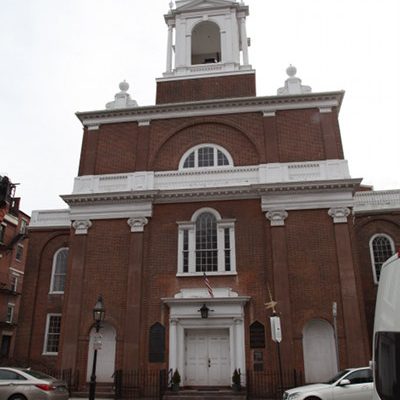
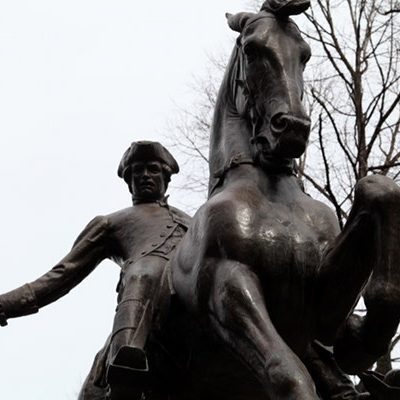
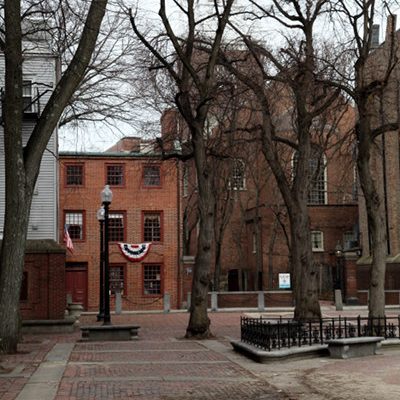
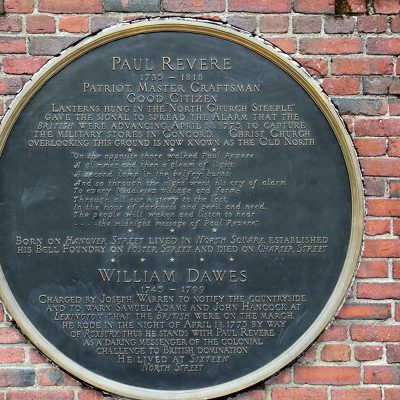
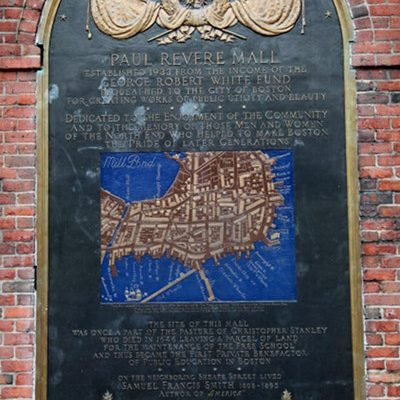
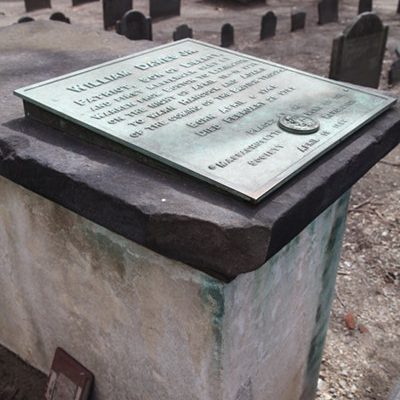
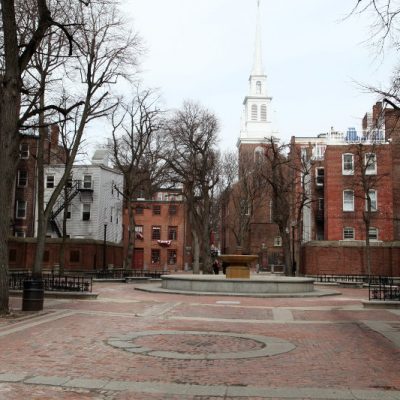
0 comments on “The Regulars are Coming — The Story of Paul Revere”Add yours →